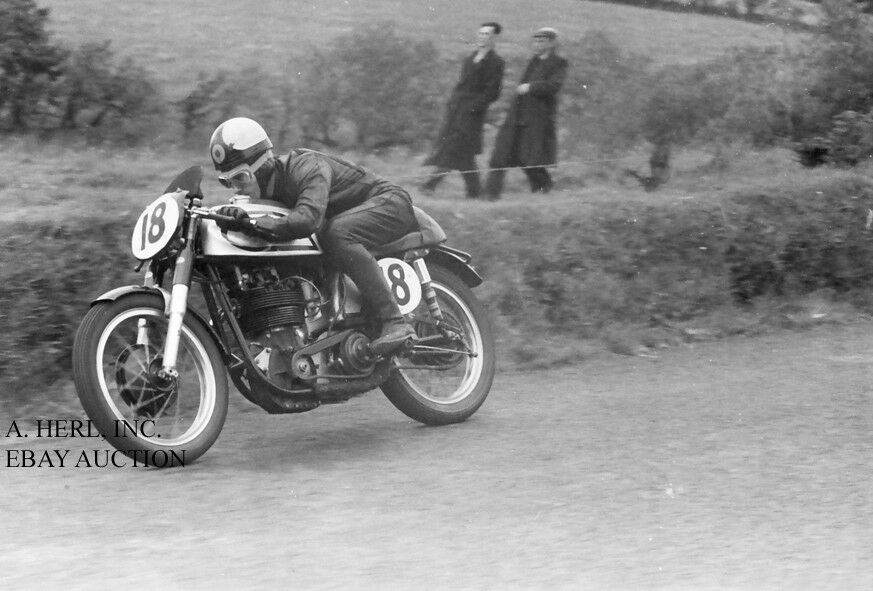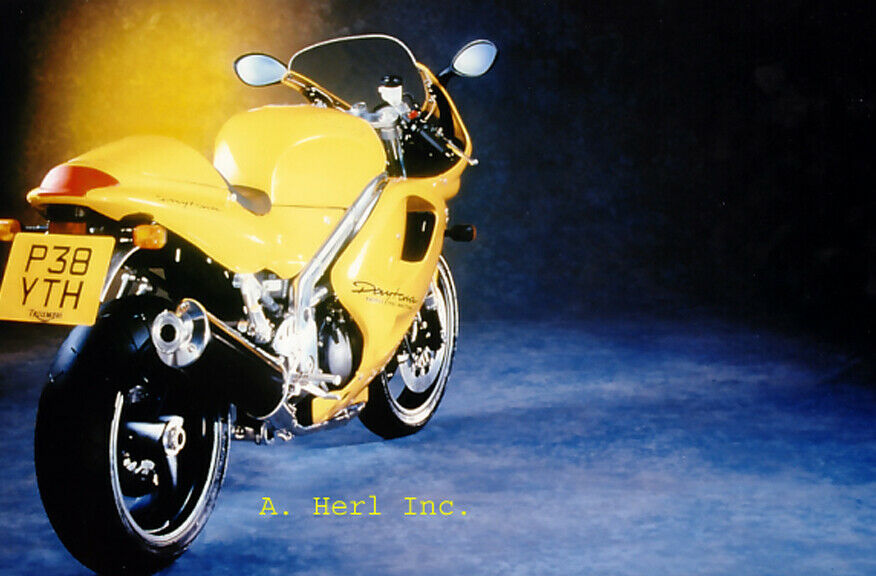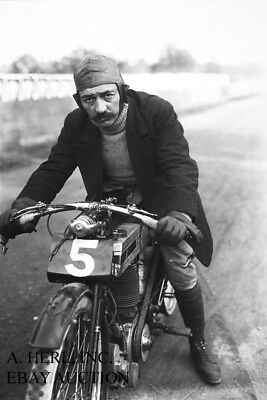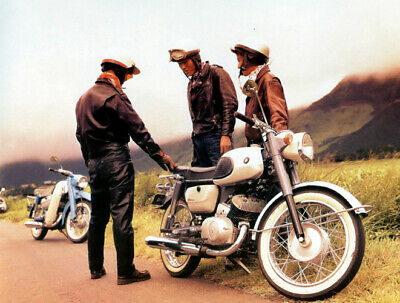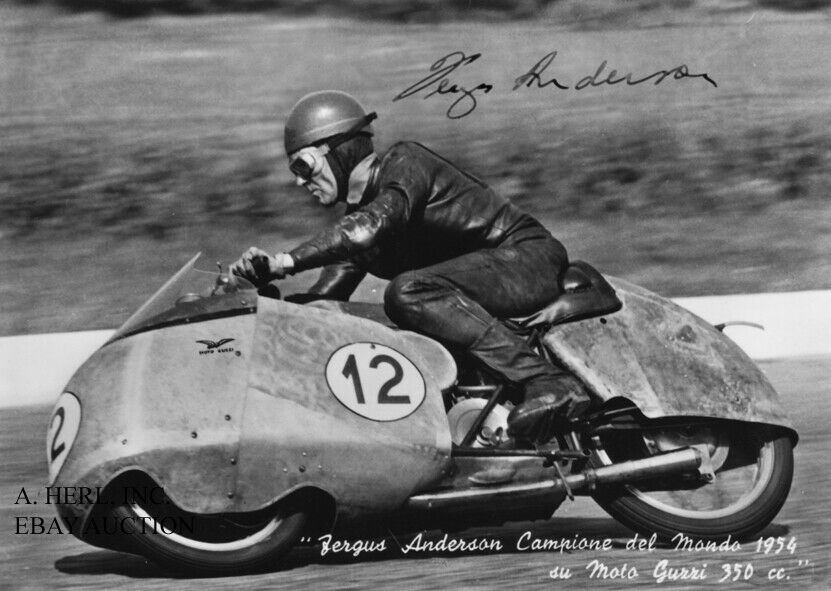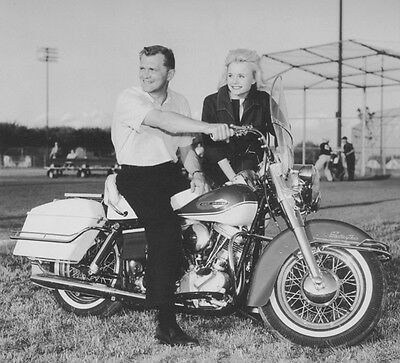-40%
Vespa scooter Bryan Adams with Gwyneth Paltrow Piaggio photo
$ 4.62
- Description
- Size Guide
Description
A superb and rare photo of theHollywood actress, Gwyneth Paltrow with singer Bryan Adams on a Vespa scooter
.
A truly great photograph for any Vespa scooter enthusiast!
The
Vespa
scooter has a very interesting history that started -with the American made Cushman scooter!! Post World War II
Italy
, in light of its agreement to cessation of war activities with The Allies, had its aircraft industry severely restricted in both capability and capacity. Piaggio emerged from the conflict with its Pontedera fighter plane plant completely demolished by bombing.
Italy
's crippled economy and the disastrous state of the roads did not assist in the re-development of the automobile markets. Enrico Piaggio, the son of Piaggio's founder Rinaldo Piaggio, decided to leave the aeronautical field in order to address
Italy
's urgent need for a modern and affordable mode of transportation for the masses. The inspiration for the design of the Vespa dates back to Pre-WWII Cushman scooters made in
Nebraska
,
USA
. These olive green scooters were in
Italy
in large numbers, ordered originally by
Washington
as field transport for the Paratroops and Marines. The
US
military had used them to get around Nazi defence tactics of destroying roads and bridges in the Dolomites (a section of the
Alps
) and the Austrian border areas. Pre-war Piaggio employee Aeronautical engineer General Corradino D'Ascanio, responsible for the design and construction of the first modern helicopter by Agusta, was given the job of designing a simple, robust and affordable vehicle for Ferdinando Innocenti, whose pre-war time focused metal tubing business Innocenti had suffered the same fate as Piaggio post-war. Innocenti defined a post-war vehicle to D'Ascanio that had to be easy to drive for both men and women, be able to carry a passenger, and not get its driver's clothes dirty. D'Ascanio, who hated motorbikes, designed a revolutionary vehicle. It was built on a spar-frame with a handlebar gear change, and the engine mounted directly on to the rear wheel. The front protection "shield" kept the rider dry and clean in comparison to the open front end on motorcycles. The pass-through leg area design was geared towards all user groups, including women, as wearing dresses or skirts made riding a motorcycle a challenge. The front fork, like an aircraft's landing gear, allowed for easy wheel changing. The internal mesh transmission eliminated the standard motorcycle chain, a source of oil, dirt, and aesthetic misery. This basic design allowed a series of features to be deployed on the frame, which would later allow quick development of new models. However, D'Ascanio fell out with Innocenti, who rather than a moulded and beaten spar-frame wanted to produce his Innocenti frame from rolled tubing, thereby allowing him to revive both parts of his pre-War company. D'Ascanio disassociated himself with Innocenti, and took his design to Enrico Piaggio to produce the spar-framed Vespa from 1946. Innocenti, after overcoming design difficulties and later production difficulties through his choice of a tubular frame, went on to produce the more costly Lambretta line of motorscooters. On
23 April 1946
, at
12 o'clock
in the central office for inventions, models and makes of the Ministry of Industry and Commerce in
Florence
, Piaggio e C. S.p.A. took out a patent for a "motorcycle of a rational complexity of organs and elements combined with a frame with mudguards and a casing covering the whole mechanical part". The basic patented design allowed a series of features to be deployed on the spar-frame which would later allow quick development of new models. The original Vespa featured a rear pillion seat for a passenger, or optionally a storage compartment. The original front protection "shield" was a flat piece of aero metal; later this developed in to a twin skin to allow additional storage behind the front shield, similar to the glove compartment in a car. The fuel cap was located underneath the (hinged) seat, which saved the cost of an additional lock on the fuel cap or need for additional metal work on the smooth skin. The scooter had rigid rear suspension and small 8-inch (200 mm) wheels that allowed a compact design and plenty of room for the rider's legs. The Vespa's enclosed, horizontally-mounted two-stroke 98 cc engine acted directly on the rear drive wheel through a three-speed transmission. The twistgrip-controlled gear change involved a system of rods. The early engine had no cooling, but fan blades were soon attached to the flywheel (otherwise known as the magneto, which houses the points and generates electricity for the bike and for the engine's spark) to push air over the cylinder's cooling fins. The modern Vespa engine is still cooled this way. The mixture of two-stroke oil in the fuel produced high amounts of smoke, and the engine made a high buzzing sound like a wasp. The first prototype was given the initials MP5 and baptized "Paperino," the Italian name for Donald Duck, a nick-name given to it by the workers because of the strange shape it had. Enrico Piaggio did not like the design and asked D'Ascanio to redesign it - which he did with a more aeronautical-derived aerodynamic look. When the second prototype called MP6, was shown to Enrico Piaggio and he heard the buzzing sound of the engine he exclaimed: "Sembra una vespa!" ("It resembles a wasp!") The name stuck. Vespa is both Latin and Italian for wasp—derived from both the high-pitched noise of the two-stroke engine, and adopted as a name for the vehicle in reference to its body shape: the thicker rear part connected to the front part by a narrow waist, and the steering rod resembled antennae. Ape (pronounced Ah-pay), is Italian for bee. This was the three-wheeled variant used for commercial purposes, including the popular auto rickshaw. Piaggio filed a patent for the Vespa scooter design in April 1946. The application documents referred to a "model of a practical nature" for a "motorcycle with rationally placed parts and elements with a frame combining with mudguards and engine-cowling covering all working parts", of which "the whole constitutes a rational, comfortable motorcycle offering protection from mud and dust without jeopardizing requirements of appearance and elegance". The patent was approved the following December. The first 13 examples appeared in spring 1946, and reveal their aeronautical background. In the first examples, one can recognize the typical aircraft technology. Attention to aerodynamics is evident in all the design, in particular on the tail. It was also one of the first vehicles to use monocoque construction (where the body is an integral part of the chassis). The company was aiming to manufacture the new Vespa in large numbers, and their longstanding industrial experience led to an efficient Ford-style volume production line. The scooter was presented to the press at Rome Golf Club, where journalists were apparently mystified by the strange, pastel coloured, toy-like object on display. But the road tests were encouraging, and even with no rear suspension the machine was more manoeuvrable and comfortable to ride than a traditional motorcycle. Following its public debut at the 1946 Milan Fair, the first fifty sold slowly—then with the introduction of payment by installments, sales took off. Piaggio sold some 2,500 Vespas in 1947, over 10,000 in 1948, 20,000 in 1949, and over 60,000 in 1950. The biggest sales promo ever was
Hollywood
. In 1952, Audrey Hepburn side-saddled Gregory Peck's Vespa in the film Roman Holiday for a ride through
Rome
, resulting in over 100,000 sales. In 1956, John Wayne dismounted his horse in favor of the two-wheeler to originally get between takes on sets. By the end of the fifties, Lucia Bosé and her husband, the matador Luis Miguel Dominguín, as well as Marlon Brando, Dean Martin, and the entertainer
Abbe Lane
had become Vespa owners. William Wyler filmed Ben Hur in
Rome
in 1959, allowing Charlton Heston to abandon horse and chariot between takes to take a spin on the Vespa. Vespa clubs popped up throughout
Europe
, and by 1952, worldwide Vespa Club membership had surpassed 50,000. By the mid-1950s, Vespas were being manufactured under licence in
Germany
, the
United Kingdom
,
France
,
Belgium
and
Spain
; in the 1960s, production was started in
India
,
Brazil
and
Indonesia
. By 1956, one million had been sold, then two million by 1960. By the 1960s, the Vespa—originally conceived as a utility vehicle—had come to symbolize freedom and imagination, and resulted in further sales boosts: four million by 1970, and ten million by the late 1980s. Between 1957 and 1961 a reverse-engineered and partially redesigned version of the Vespa was made in
USSR
under the name Vjatka-VP150. Improvements were made to the original design and new models were introduced. The 1948 Vespa 125 had rear suspension and a bigger engine. The headlamp was moved up to the handlebars in 1953, and had more engine power and a restyled rear fairing. A cheaper spartan version was also available. One of the best-loved models was the Vespa 150 GS introduced in 1955 with a 150 cc engine, a long saddle, and the faired handlebar-headlamp unit. Then came the 50 cc of 1963, and in 1968 Vespa 125 Primavera became one of the most durable of all. Vespas came in two sizes, referred to as "largeframe" and "smallframe". The smallframe scooters came in 50cc, 90cc, 100 cc, and 125 cc versions, all using an engine derived from the 50 cc model of 1963, and the largeframe scooters in 125cc,150cc,160cc,180cc and 200 cc displacements using engines derived from the redesigned 125 cc engine from the late 50's. The largeframe Vespa evolved into the PX range (produced in 125 and 150 cc versions until July 2007) in the late 70's. The smallframe evolved into the PK range in the early 80's, although some vintage-styled smallframes were produced for the Japanese market as late as the mid 1990's. By the early 1990s, Vespa was in crisis. Its models were selling slowly; two-strokes were being withdrawn around the world due to environmental concerns; new Asian manufacturers were stealing market share with cheaper/lighter bikes; and cars were very cheap. As a result, sales had fallen and production in Europe had been pulled back to Italy. Vespa needed a miracle—and a new model, beyond the PX. The ET model range stuck true to the wasp/aero design principles. It was lighter, more aerodynamic, had an automatic gearbox and could take a series of engines from a 50 cc in either two-stroke or four-stroke, up to a 150 cc four stroke. Plus, it was launched when traffic congestion in major European cities was on the increase, so the smaller wheel size didn't matter. It was a complete success, and allowed Vespa to re-enter the North American market in 2001 with a new, more modern style. When Vespa celebrated its 50th anniversary in 1996, more than 15 million of the scooters had been sold worldwide, making it the most successful scooter of all time. Other companies vied with Piaggio for market share, but none came close to emulating the success—or romance—of Vespa.
This is a very nice and very rare photo that reflects a wonderful era of Vespa ‘s rich motorcycle history in a wonderful way. This is your rare chance to own this photo, therefore it is printed in a nice large format of ca. 8" x 12" (ca. 20 x 30 cm). It makes it perfectly suitable for framing!
Shipping costs will only be $ 7.00 regardless of how many photos you buy. For 5 or more photos, shipping is free!
(Note: A. Herl, Inc. does not appear on photo, for ebay purposes only)
No copyright expressed or implied. Sold as collectable item only. We are clearing out our archives that we have gathered from various sources.
All items always sent well protected in PVC clear files
and board backed envelopes.
We have photographs that came from professional collections and/or were bought from the original photographer or press studio! They are all of professional and excellent quality.
After many decades of professionally collecting photographs and posters we are clearing out our archives. They make the perfect gift and are perfectly suited for framing. They will look gorgeous unframed and will be a true asset nicely framed with a border. They are a gorgeous and great asset in every home, workshop, workplace, restaurant, bar or club!
First come - first served. And you can always contact us for your requests. Please ask any questions before the auction ends.

